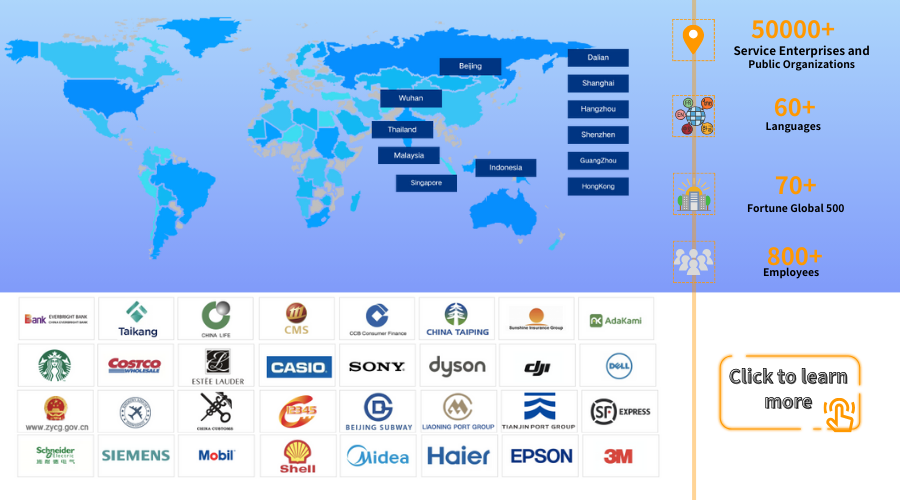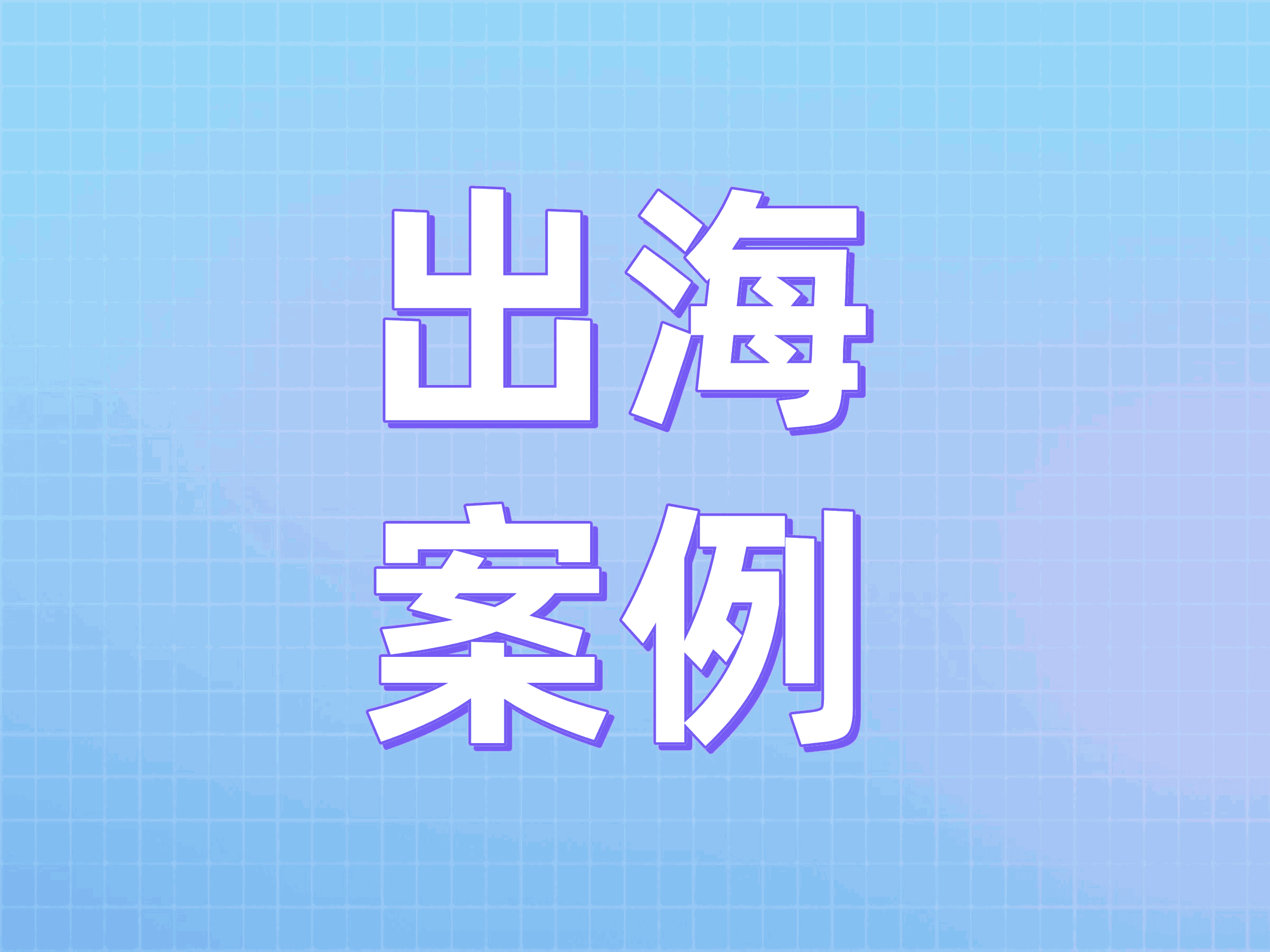In the wave of digital transformation, enterprise work order management systems have become core tools for optimizing service processes and enhancing customer experience. As a leading enterprise in China's intelligent service sector, Udesk, a leader in domestic intelligent service, has demonstrated significant advantages in market competition with its Udesk work order system, thanks to technological innovation and scenario-based implementation capabilities. This article will compare the differentiated competitiveness between Udesk and mainstream domestic
work order systems from four dimensions: functional architecture, intelligent applications, industry adaptability, and ecological integration capabilities.
I. Functional Architecture: Modular Design vs. Standardized TemplatesUdesk: Full-link Scenario-based Configuration
Udesk work order system adopts a "building block" modular architecture, supporting enterprises to combine over 200 functional modules on demand. For example, a home appliance enterprise integrated the "self-service repair + intelligent dispatching + spare parts management" modules to realize the automated circulation of work orders across 15,000 service outlets nationwide, increasing work order processing efficiency by 40%. Its core advantages lie in:
Cross-system data integration: Through API open interfaces, it seamlessly connects with enterprise ERP, MES, CRM and other systems, breaking data silos. An electronic manufacturing enterprise realized the linkage between work order data and PLM system, shortening the product defect root cause location cycle by 65%.
Dynamic process engine: Supporting visual drag-and-drop configuration of work order circulation rules, a retail chain enterprise improved cross-level collaboration efficiency by 55% through customizing the "store repair - regional approval - headquarters dispatching" process.
Domestic Peers: Standardized Product Matrix
Most domestic work order systems adopt standardized function templates. For instance, Zoho Desk provides basic/advanced/enterprise edition grading schemes with relatively fixed functional modules. Tencent Cloud work order system focuses on IT support scenarios, offering a standardized process of "problem classification - priority management - SLA monitoring" but with limited customization space. This model is suitable for rapid deployment in small and medium-sized enterprises, but requires secondary development for function expansion in complex business scenarios.
II. Intelligent Applications: In-depth AI Integration vs. Basic Automation
Udesk: Full-link AI Empowerment
Udesk has deeply integrated AI technology into the entire life cycle of work orders:
Intelligent preprocessing: Parsing customer semantics through NLP technology to automatically extract key information such as fault phenomena and equipment models. After application in a medical device enterprise, work order creation efficiency increased by 70% and information accuracy reached 98%.
Dynamic routing algorithm: Based on machine learning models, comprehensively considering 12 parameters including work order urgency, technical personnel skill matrix, and geographical location to realize intelligent dispatching. After application in a logistics enterprise, the response time for cross-regional work orders was shortened to within 15 minutes.
Knowledge graph-driven: Building an industry knowledge graph containing over 150,000 fault trees, supporting AR remote guidance. A automotive electronics enterprise increased the solution rate of complex technical problems from 45% to 82% through this function.
Domestic Peers: Focus on Basic Automation
Most domestic work order systems realize basic automation through preset rules. For example, Ronglian Qimo supports the "keyword trigger - automatic classification - fixed process allocation" mode but lacks adaptive learning capabilities. Although Freshdesk provides AI chatbots, they are mainly applied in the work order creation stage and have limited capabilities in handling complex problems.
Comparison of Enterprise Work Order Management Systems: The Differentiated Advantages of Udesk vs. Domestic Peers
III. Industry Adaptability: Vertical Field Deep Cultivation vs. General SolutionsUdesk: Benchmark Practice in Electronic Manufacturing Industry
Udesk has formed differentiated solutions in the electronic manufacturing field:
Supply chain collaboration: Integrating AOI detection data, SMT process parameters, and supplier quality data to realize full-link traceability from client-side faults to PCBA defect points. After application in a PCB enterprise, the product pass-through rate increased by 18%.
Predictive maintenance: Building fault prediction models based on work order data and equipment sensing data. A smart hardware enterprise warned of battery aging problems 72 hours in advance, reducing customer complaints by 31%.
Global service network: Supporting multi-language, multi-time zone, and multi-currency management. A consumer electronics enterprise realized standardized processing of work orders in 128 countries worldwide through this function.
Domestic Peers: Coverage of General Scenarios
Systems such as Zoho Desk and Tencent Cloud work orders focus more on general customer service scenarios, with more cases in e-commerce, finance, education and other industries, but lack technical depth in the electronic manufacturing field. For example, when an industrial control enterprise used Zoho Desk, it needed to additionally develop a hardware fault analysis module to meet industry needs.
IV. Ecological Integration Capabilities: Open Platform vs. Closed SystemUdesk: PaaS Platform-driven Ecological Expansion
Udesk work order system is built based on a PaaS platform, providing three major open capabilities:
Developer center: Supporting enterprises to customize functional modules through a low-code platform. A robot enterprise independently developed an "AI visual inspection work order" module to realize automatic generation and allocation of defect work orders.
Application market: Integrating over 50 industry plug-ins, such as docking with an IoT platform to realize automatic triggering of equipment fault work orders.
Partner network: Establishing ecological cooperation with ERP manufacturers such as UFIDA and Kingdee, and supply chain enterprises such as SF Express and JD Logistics. A home appliance enterprise realized full-link visualization of "work order - spare parts - logistics" through this network.
Domestic Peers: Limited Ecological Integration
Most domestic work order systems have weak ecological integration capabilities. For example, Tencent Cloud work order is mainly deeply integrated with the WeChat ecosystem, with limitations in cross-platform data interaction. Although Zoho Desk supports linkage with products such as Zoho CRM, it has insufficient compatibility with third-party systems.
V. Comparison of Implementation Benefits: Quantitative Value Presentation
Case of a smart terminal enterprise shows that after using Udesk:
First-time resolution rate increased from 59% to 88%
Annual service costs reduced by 28 million yuan
Customer NPS score increased from 64 to 87
VI. Conclusion: Paradigm Leader in the Era of Intelligent Services
Through the triple drive of "AI + industry Know-How + ecological openness", Udesk has redefined the value boundary of enterprise work order management systems. In the electronic manufacturing field, its system not only realizes the automation of work order circulation, but also drives in-depth changes from quality improvement to customer operation. With the acceleration of industrial intelligence, work order systems with in-depth service capabilities in vertical fields will become a key component of enterprises' core competitiveness, and Udesk has established a significant first-mover advantage in this track.
Udesk enterprise work order management system enables teams to complete tasks efficiently and helps enterprises quickly improve efficiency. It connects with more than 20 domestic and foreign communication channels, enabling barrier-free connection with your global customers. It allows work orders to be automatically circulated and allocated according to enterprise needs, making work accurate and efficient. Each work order not only includes rich business information, but also integrates data from multiple dimensions such as related customers, companies, and businesses, ensuring comprehensive information at a glance!


 Customer Service& Support Blog
Customer Service& Support Blog


